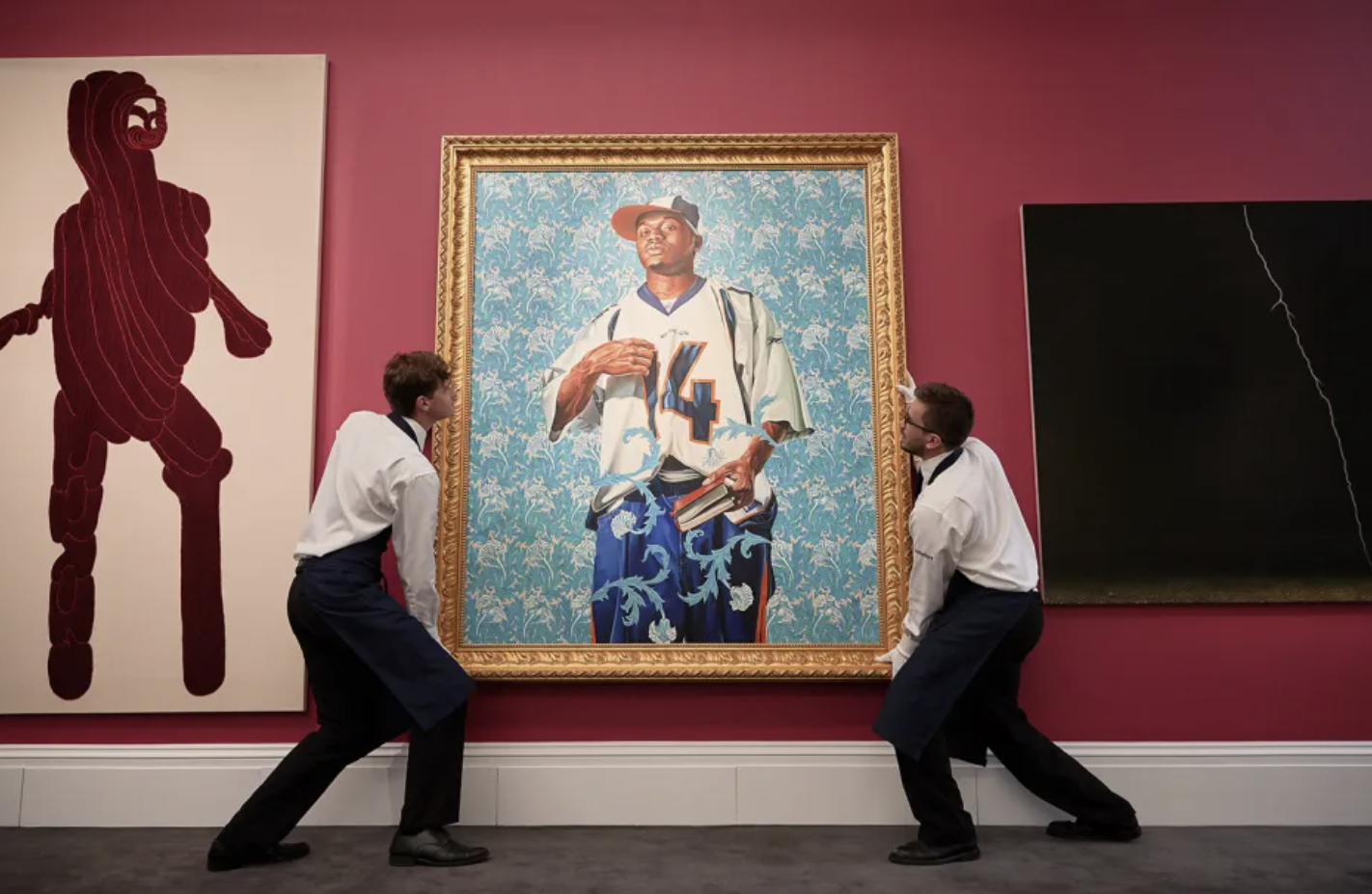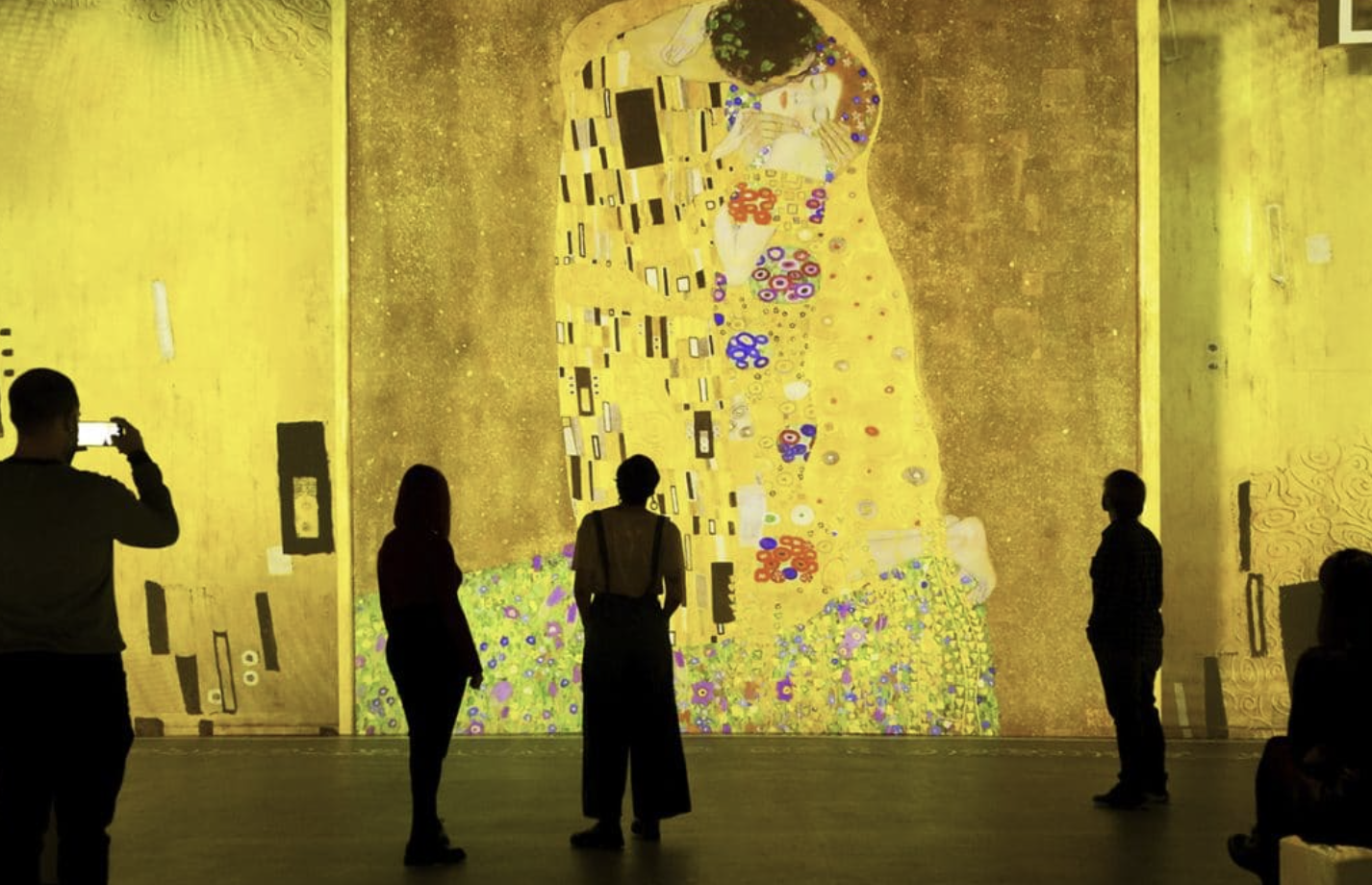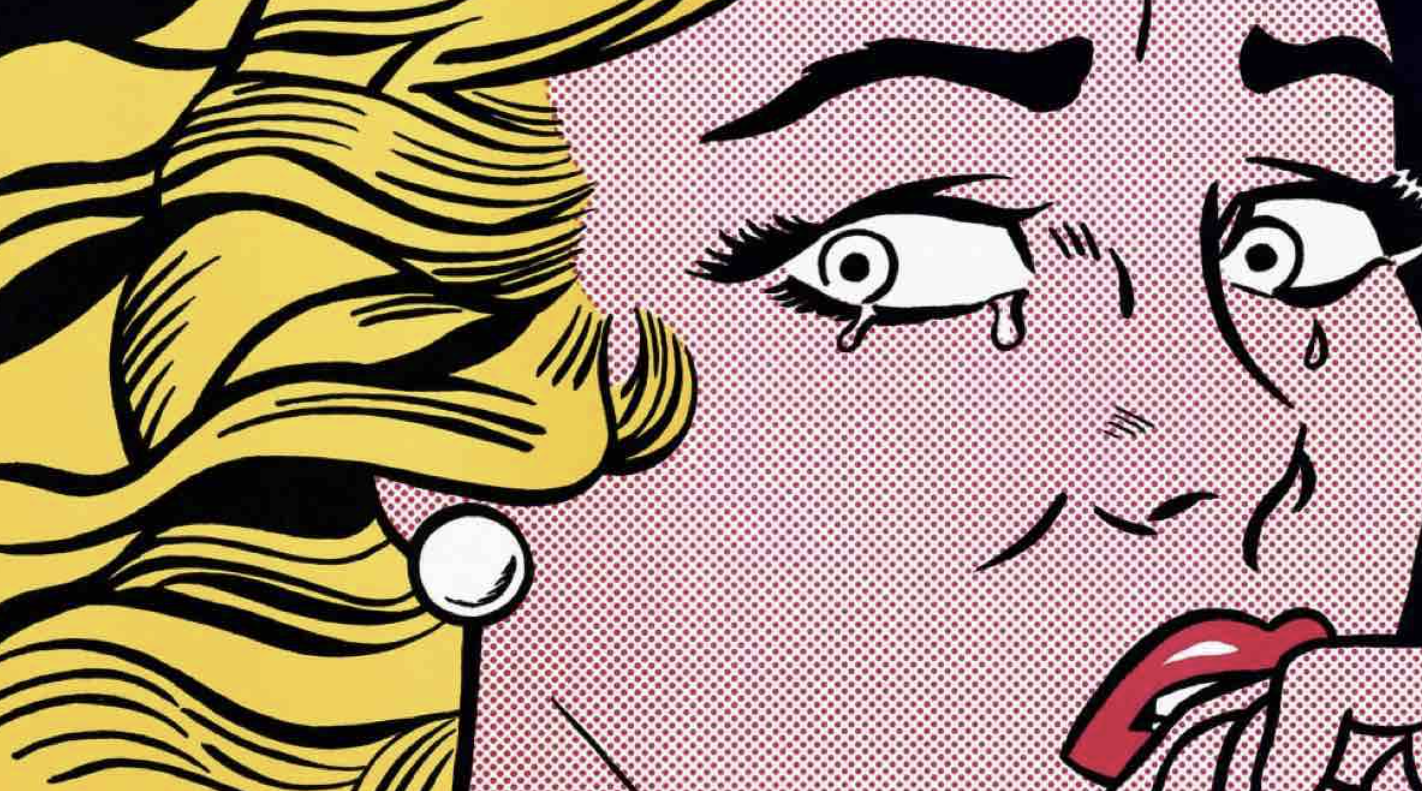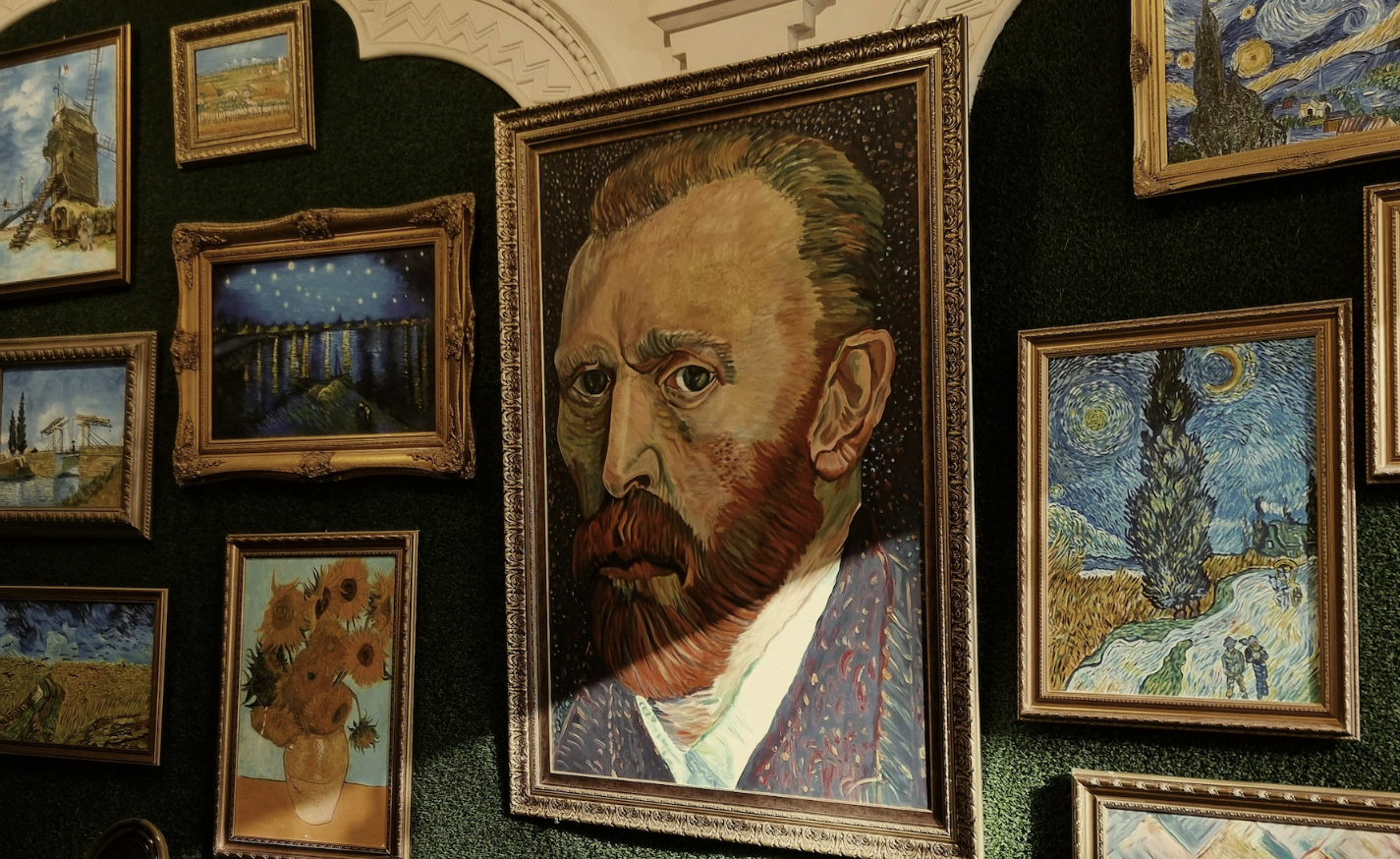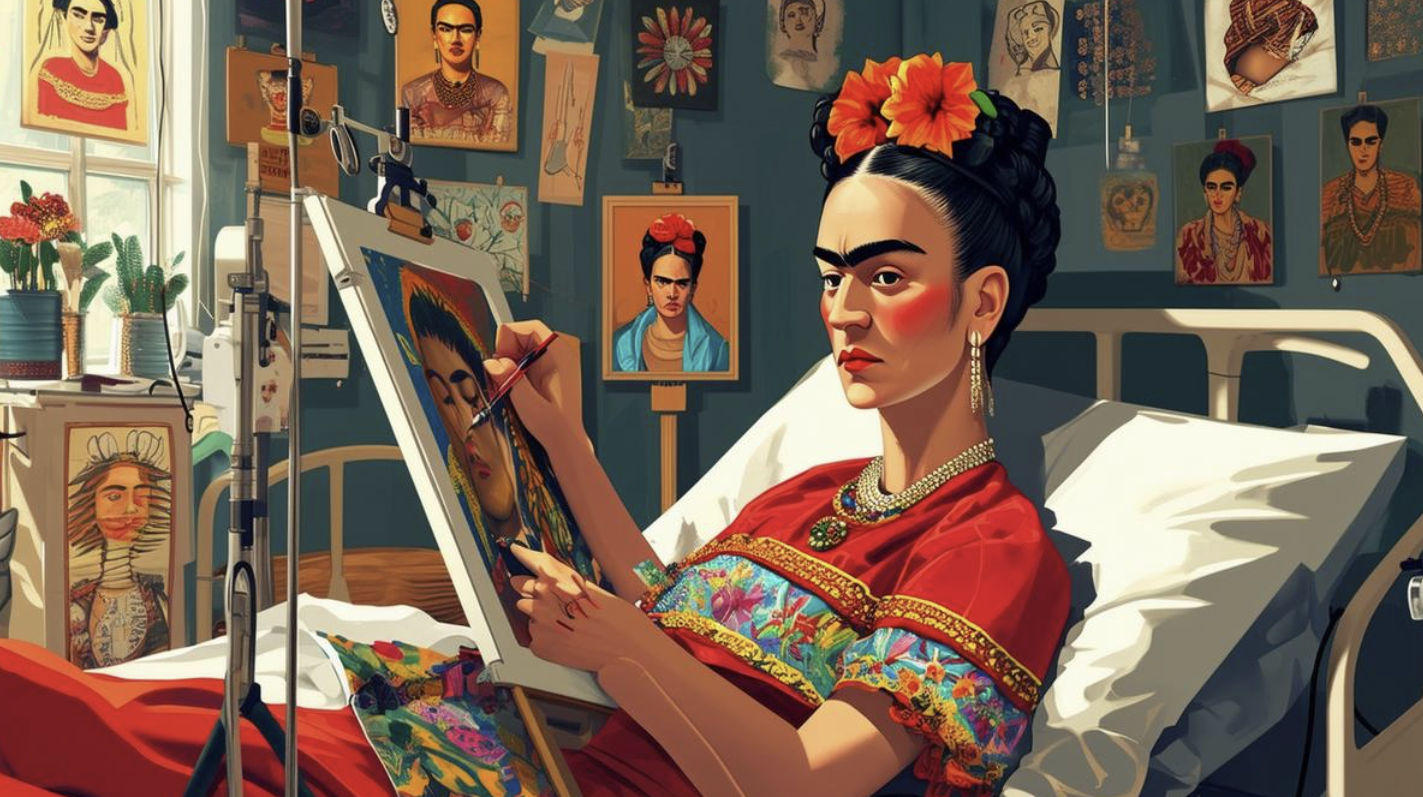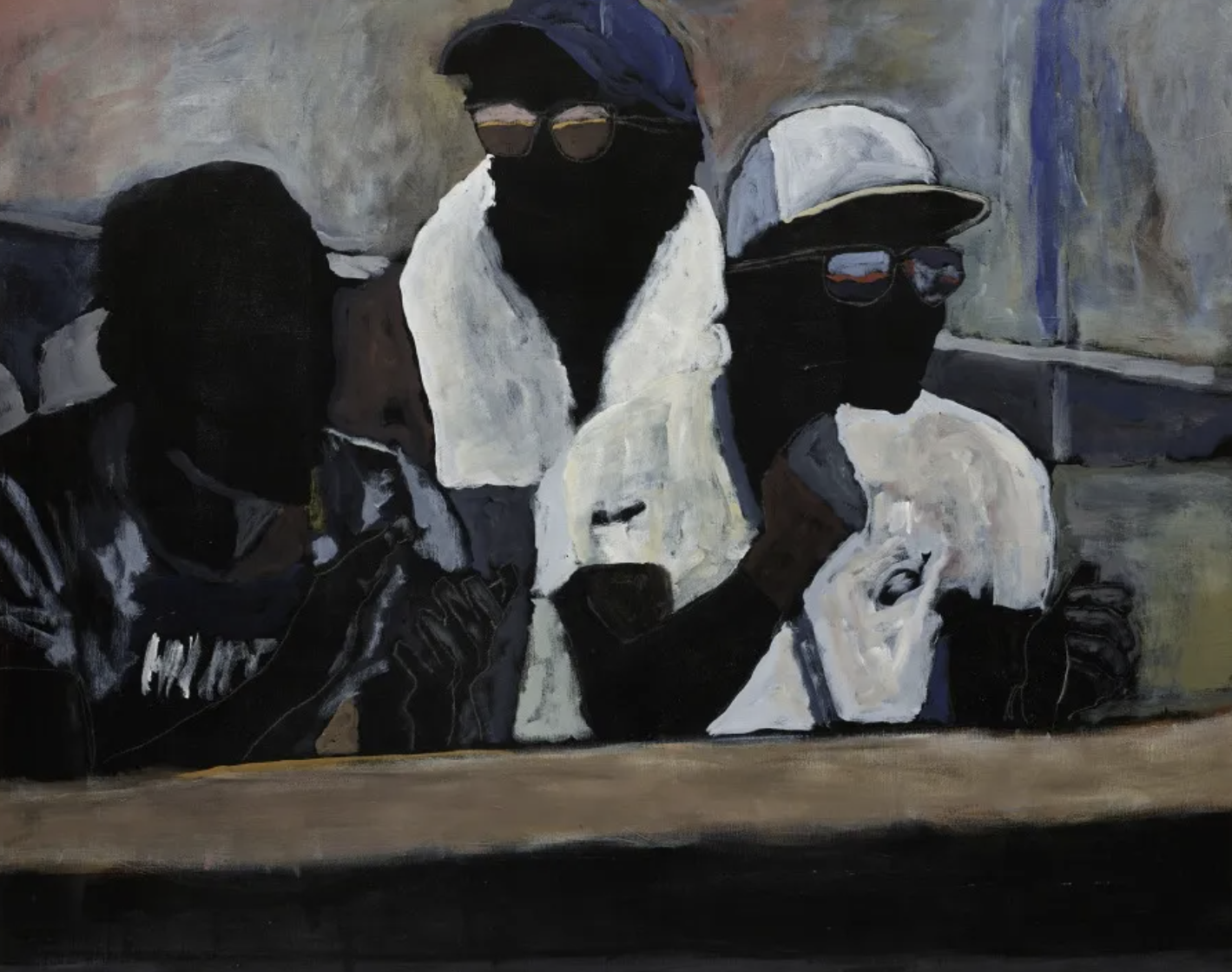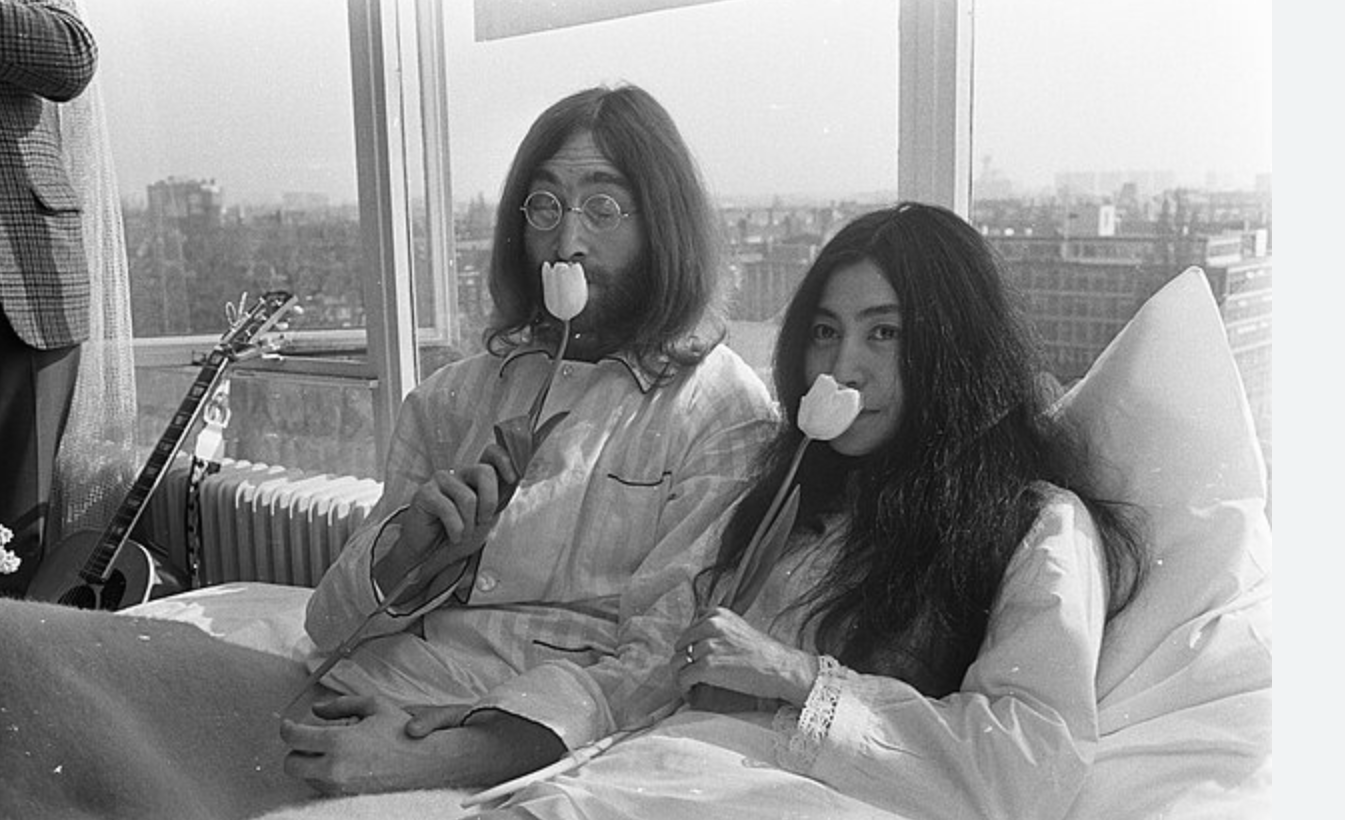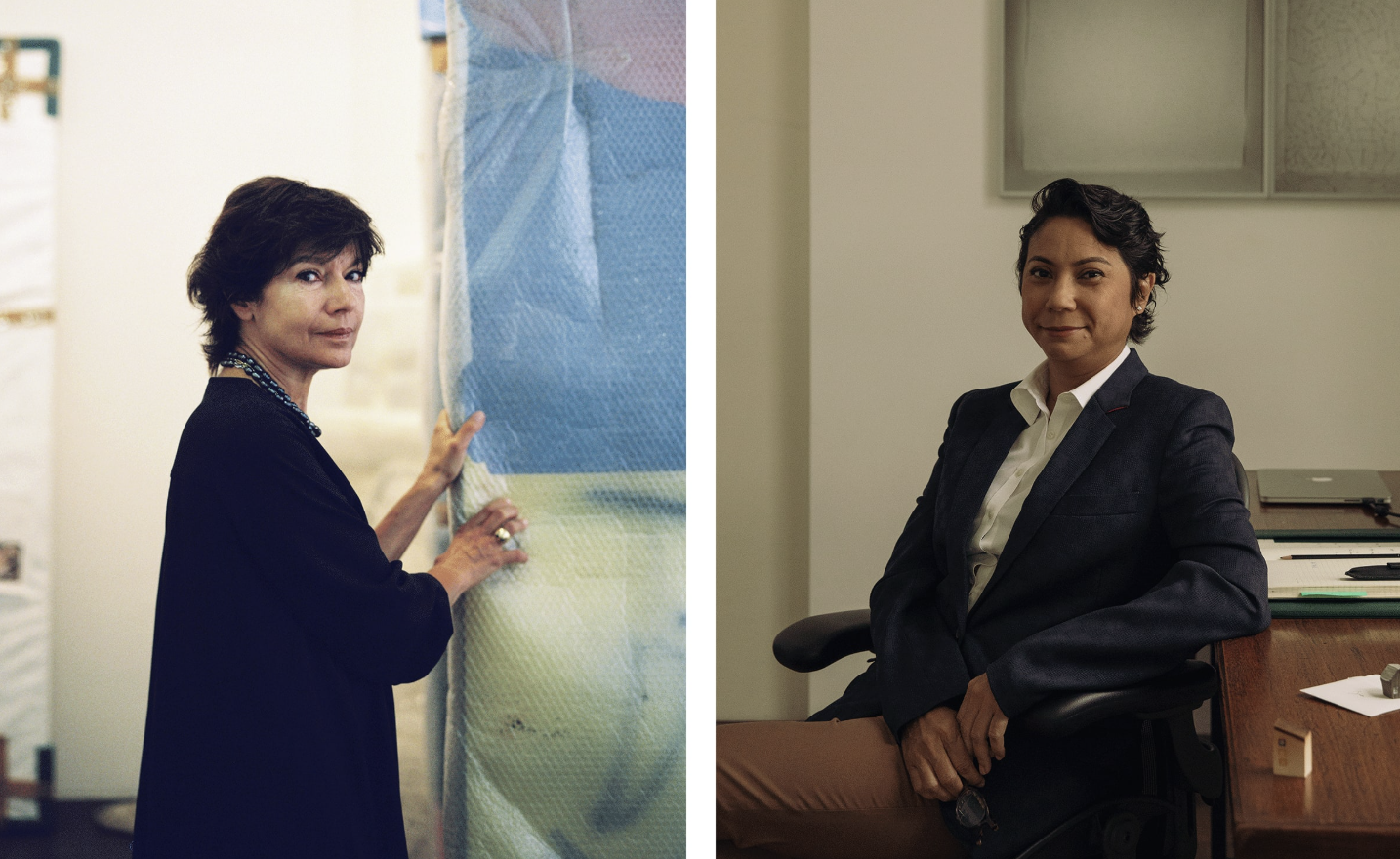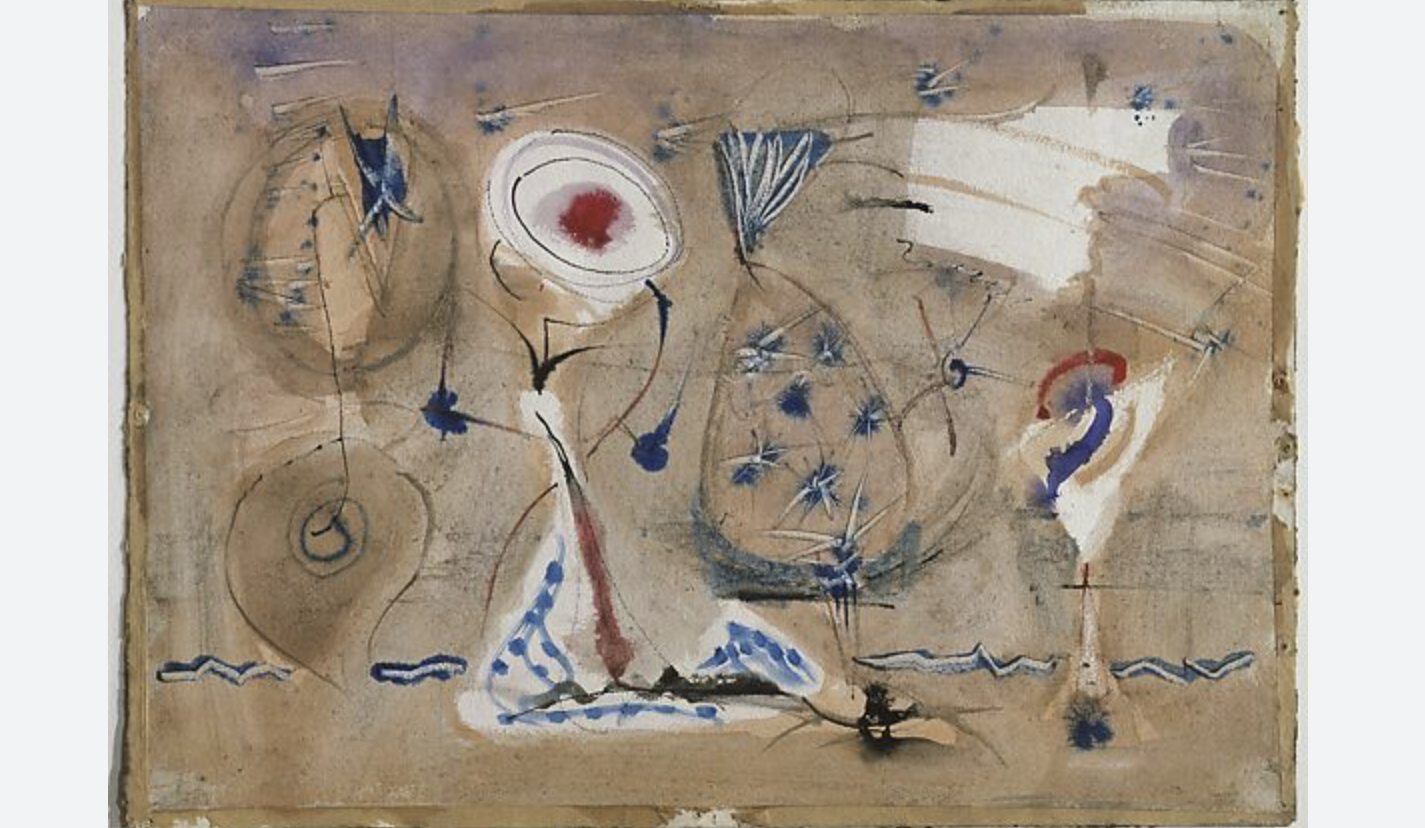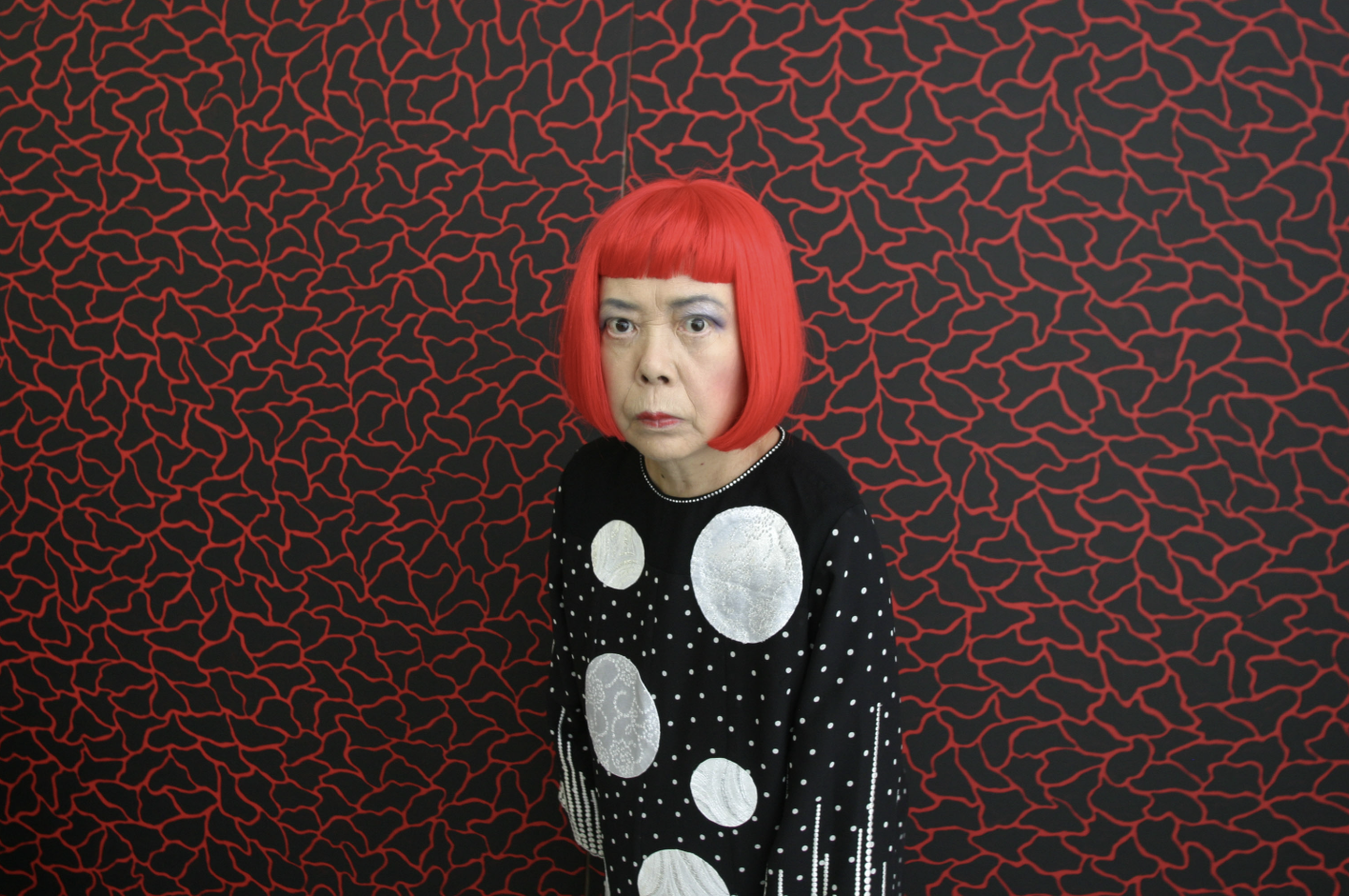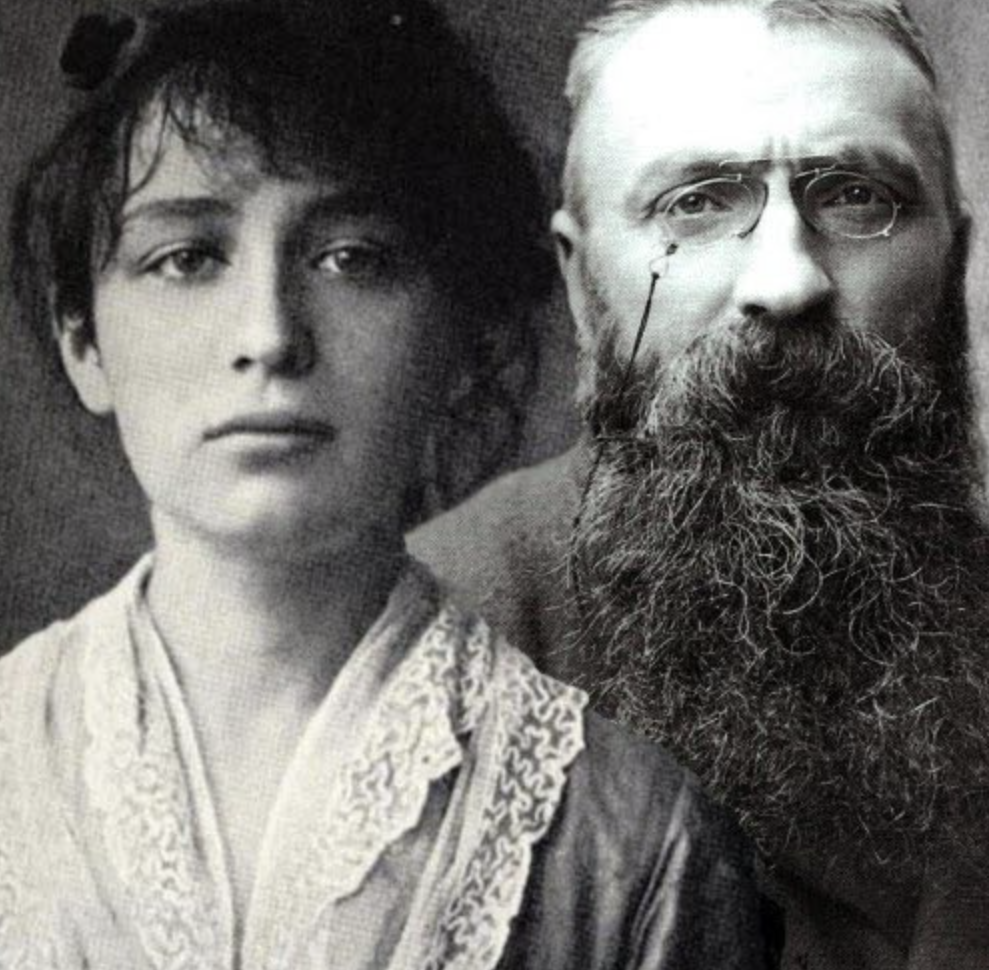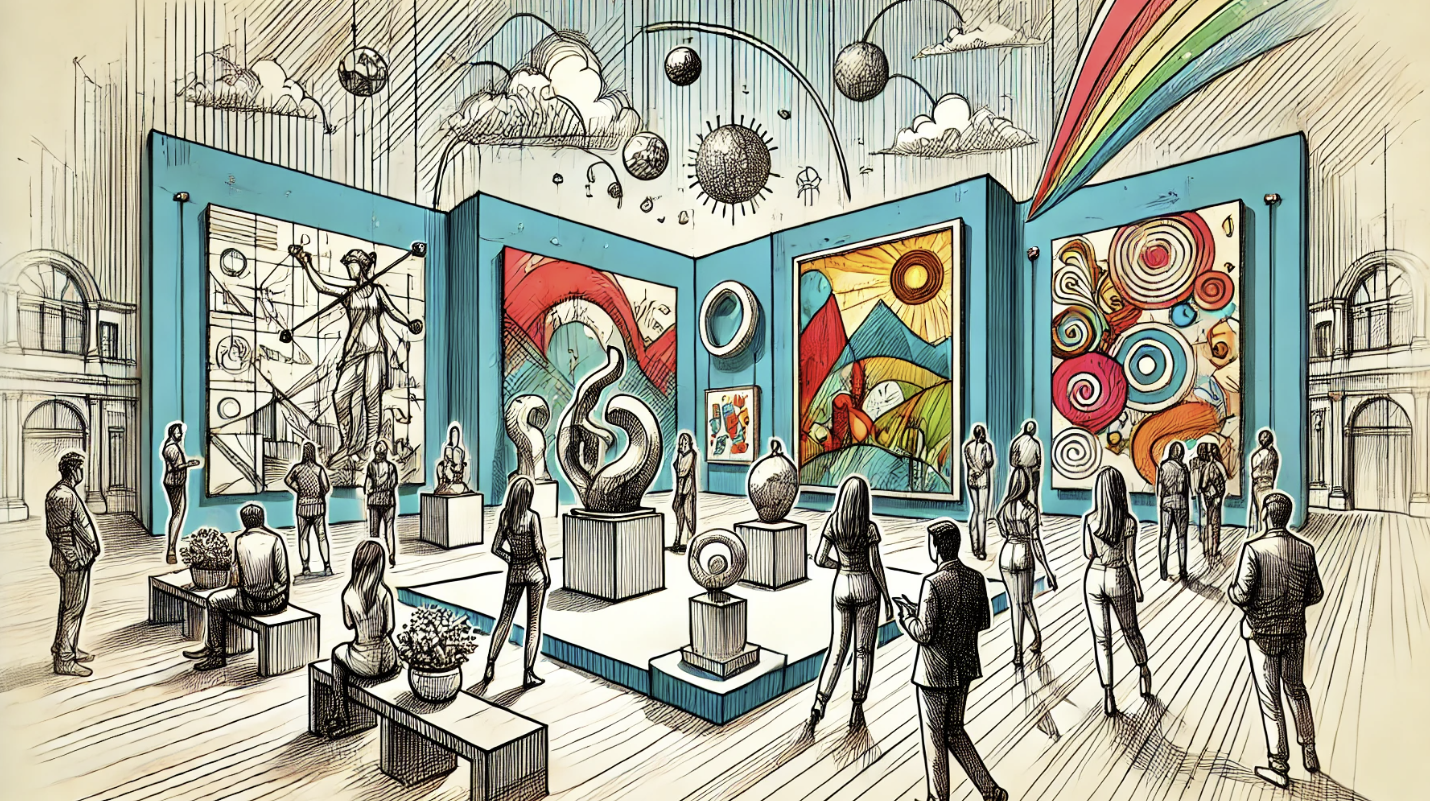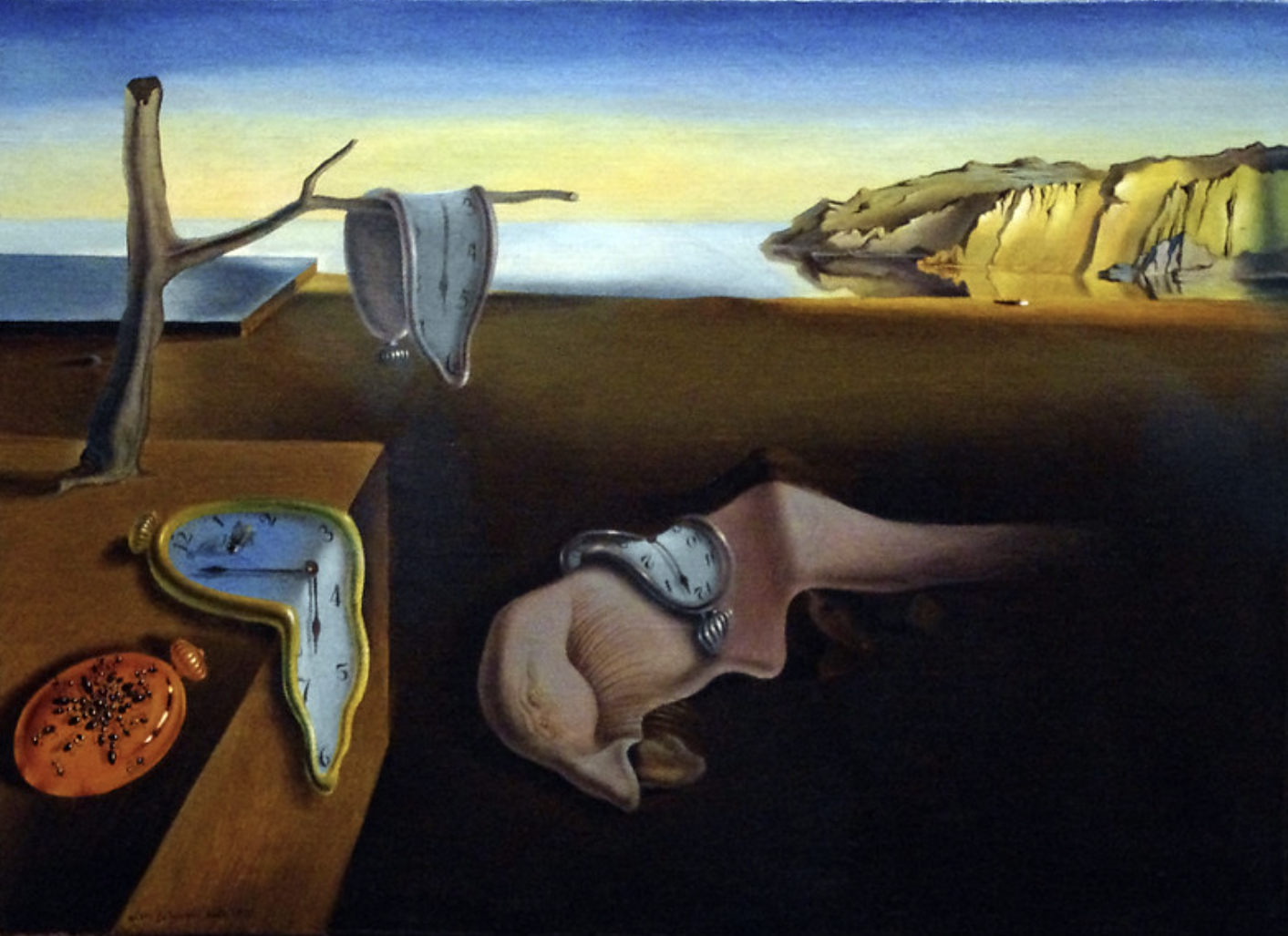
Pop art emerged in the mid-1950s in Britain, and by the late 1950s, it had firmly taken root in the United States. This vibrant art movement arose as a response to Abstract Expressionism, which was often considered overly formal and pretentious by certain artists at the time. The British Independent Group (IG) is recognized as the forerunner to the Pop art movement, with artist Eduardo Paolozzi playing a pivotal role. Known for his mastery in collage, Paolozzi’s work incorporated elements of popular culture such as advertisements, comic book characters, and magazine covers, making him a trailblazer in the field.
Andy Warhol: The Face of Pop Art
No discussion of Pop art would be complete without mentioning Andy Warhol, a central figure in the movement. Born in 1928 in Pittsburgh, Warhol began his career as a commercial illustrator before transitioning to the world of fine art. His work spanned many mediums, from painting and screen printing to directing and even music production. Warhol’s iconic portraits of American celebrities, such as Marilyn Monroe, Elvis Presley, and Warren Beatty, as well as his consumer-product imagery like the Campbell’s Soup Can, helped shape Pop art into a globally recognized phenomenon.
What Exactly Is Pop Art?
Pop art, short for “popular art,” is all about taking images and objects from popular culture and transforming them into art. From comic books and television to advertisements and movies, Pop artists borrowed visual elements from everyday life. They deconstructed these images and applied the commercial techniques that had previously been used in advertising and mass media. The result was art that was both accessible and reflective of the world around it.
A Sociological Perspective on Pop Art
From a sociological standpoint, Pop art embraced the idea that art could be mass-produced, ephemeral, and widely available. This concept was significantly influenced by Walter Benjamin’s 1935 essay The Work of Art in the Age of Mechanical Reproduction, in which he argued that reproductions of art held greater social significance than originals, as they were more accessible and could be enjoyed by a wider audience. This view became a cornerstone of Pop art, influencing the movement’s emphasis on mass production and consumerism.
Pop Art as a Social Commentary
Beyond its playful engagement with popular culture, Pop art also served as a critique of materialism and consumerism. In many ways, the artwork itself became less important than the ideas behind it. For example, in Brazil, Pop art was used as a tool to criticize the country’s military dictatorship in the 1960s. Artists like Romero Britto and Gabriel Grecco used their work to challenge the oppressive political climate, with Grecco’s unique style blending elements of street art and Pop art, much like the work of Banksy.
Notable Pop Artists and Iconic Works
While Andy Warhol’s influence on Pop art is undeniable, many other artists played crucial roles in shaping the movement. To understand Pop art fully, it’s helpful to explore some of the most iconic pieces and figures associated with it.
Roy Lichtenstein: Master of Comic Strip Art
Roy Lichtenstein, born in New York in 1923, was another key player in the Pop art scene. Trained in drawing at the Art Students League of New York, Lichtenstein became famous for his large-scale reproductions of comic strip scenes, often using bold, flat colors and Ben-Day dots to mimic the printing techniques used in commercial comics. One of his most recognized works, Crying Girl (1963), exemplifies his unique approach to merging fine art with pop culture.
Sir Peter Thomas Blake: Blending Pop and Fine Art
English artist Sir Peter Thomas Blake, born in 1932, is best known for his collages that combined elements of pop culture with high art. He is perhaps most famous for co-designing the cover for The Beatles’ Sgt. Pepper’s Lonely Hearts Club Band, a defining image in both music and art history. Blake’s work remains a staple of the Pop art movement, bridging the worlds of fine art and popular culture.
Jasper Johns: Pioneering the Transition from Abstract Expressionism
Jasper Johns, an influential figure in both Neo-Dada and Pop art, is recognized for his depictions of everyday objects, such as flags and maps. His use of familiar symbols helped bridge the gap between Abstract Expressionism and Pop art. His famous painting Flag (1954-1955), created after a dream in which he envisioned painting the American flag, is one of his most iconic works.
Wayne Thiebaud: Everyday Objects, Pop Aesthetic
Wayne Thiebaud, an American painter and printmaker, is often associated with Pop art due to his depictions of mundane objects like cakes, pastries, and cosmetics. Although Thiebaud’s work often deals with the everyday, he painted from real life rather than from mass media, making it difficult to categorize his work strictly as Pop art. Nonetheless, his famous Dark Cake (1983) remains a quintessential example of his approach to everyday subject matter.
Pop art revolutionized the art world by breaking down the boundaries between fine art and popular culture. Its influence can still be seen today, not just in galleries, but also in advertising, fashion, and design. Whether critiquing consumerism or celebrating mass media, Pop art’s legacy is one of innovation and social commentary.





